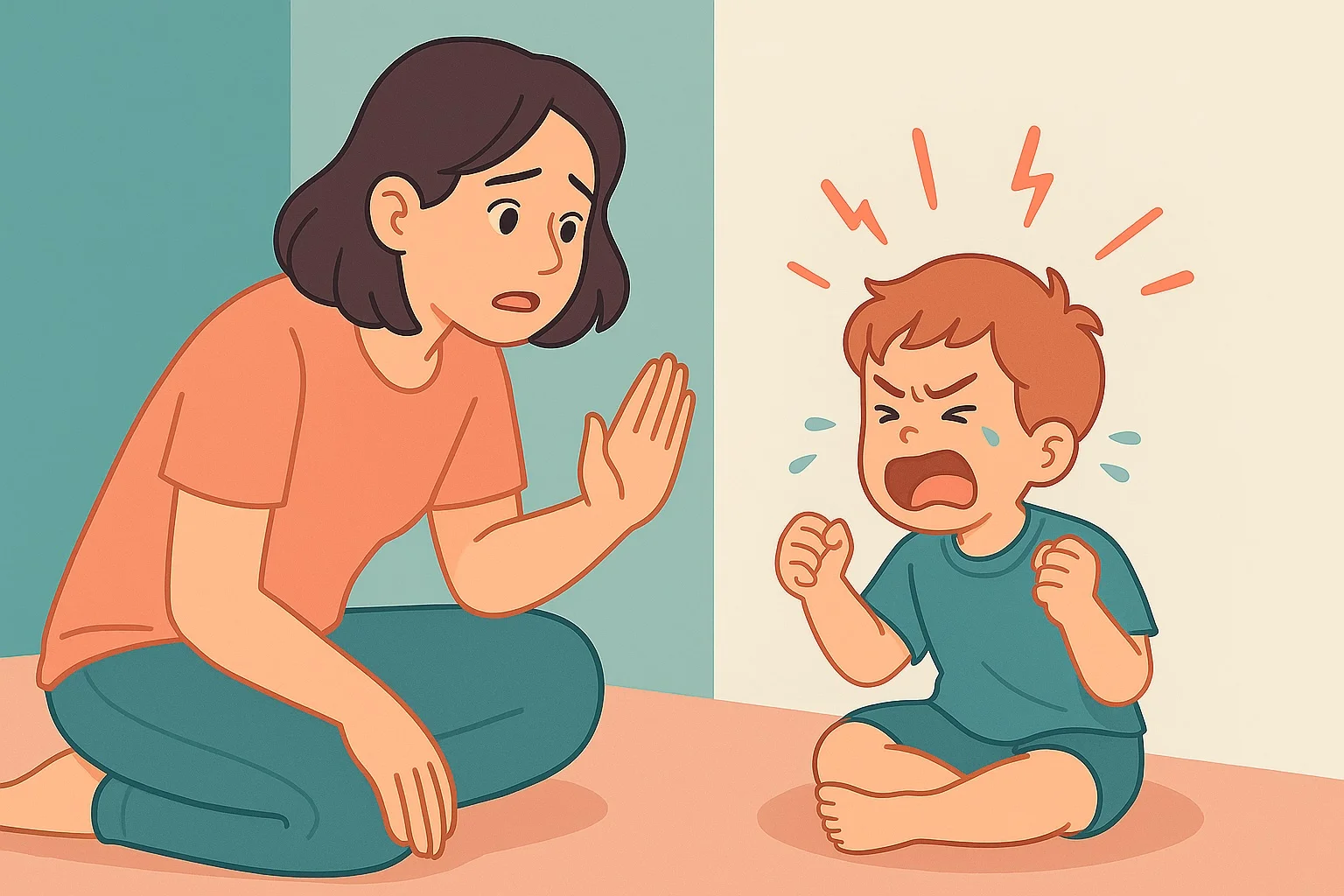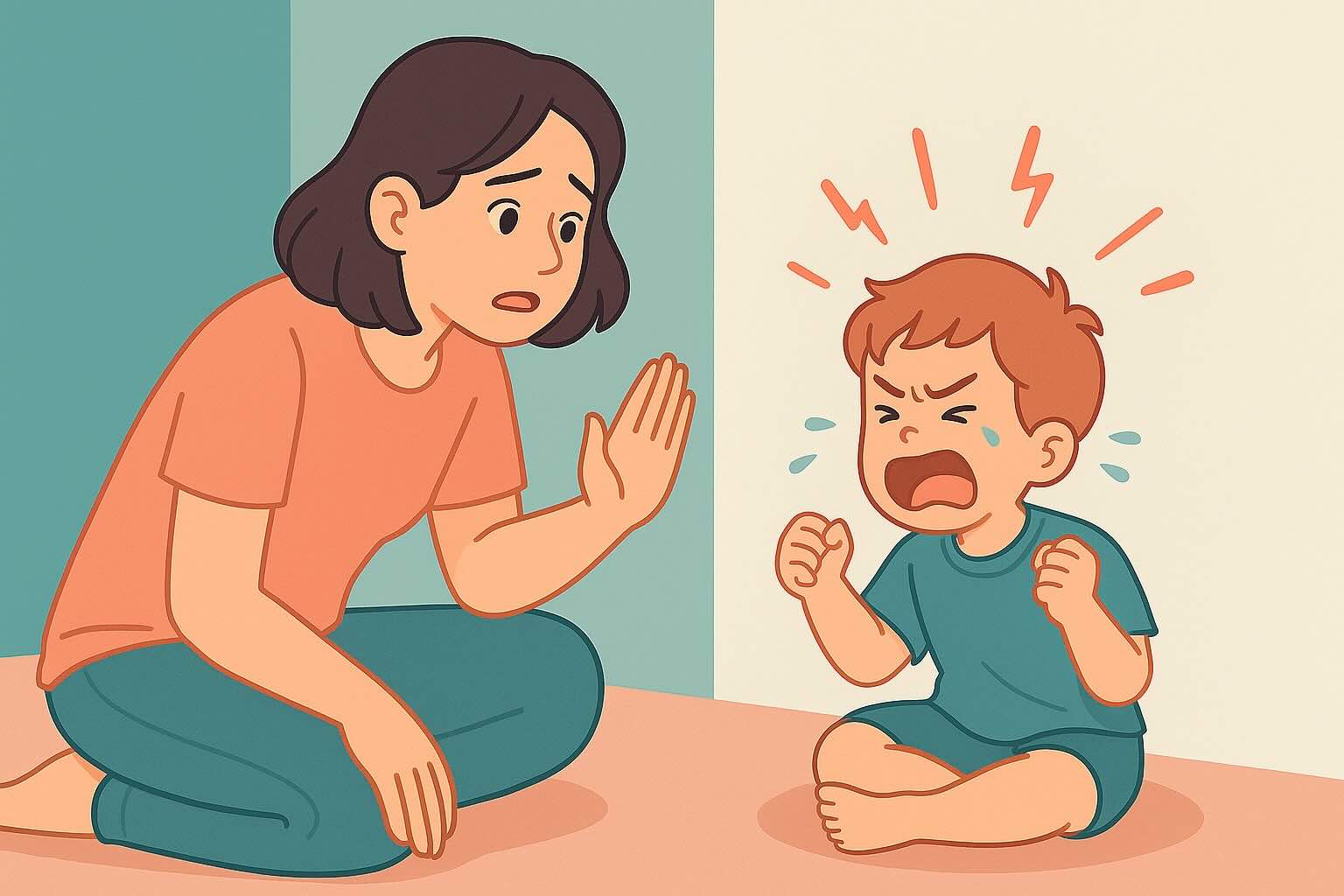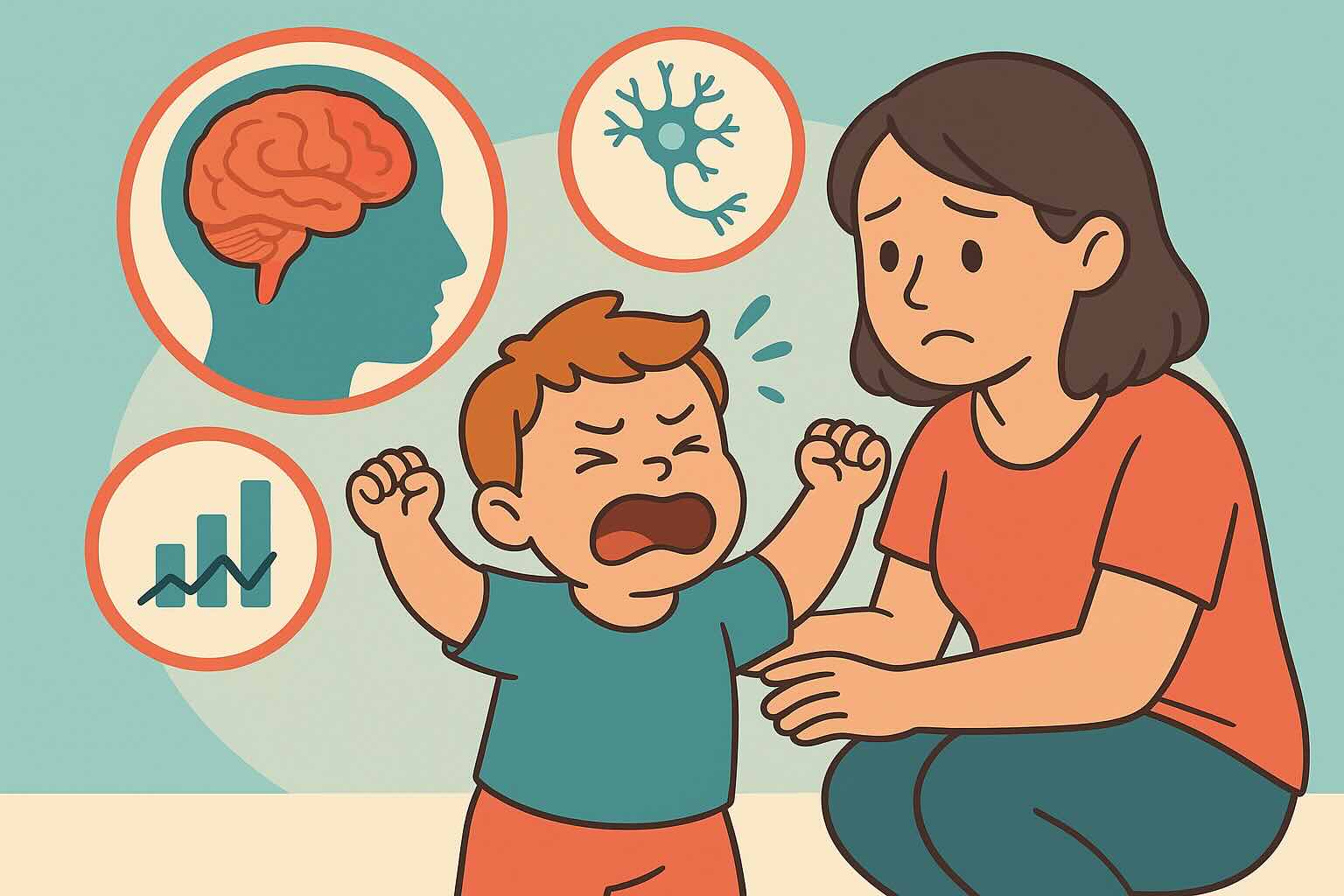4 Year Old Tantrums: 6 Expert Strategies That Work for 85% of Families

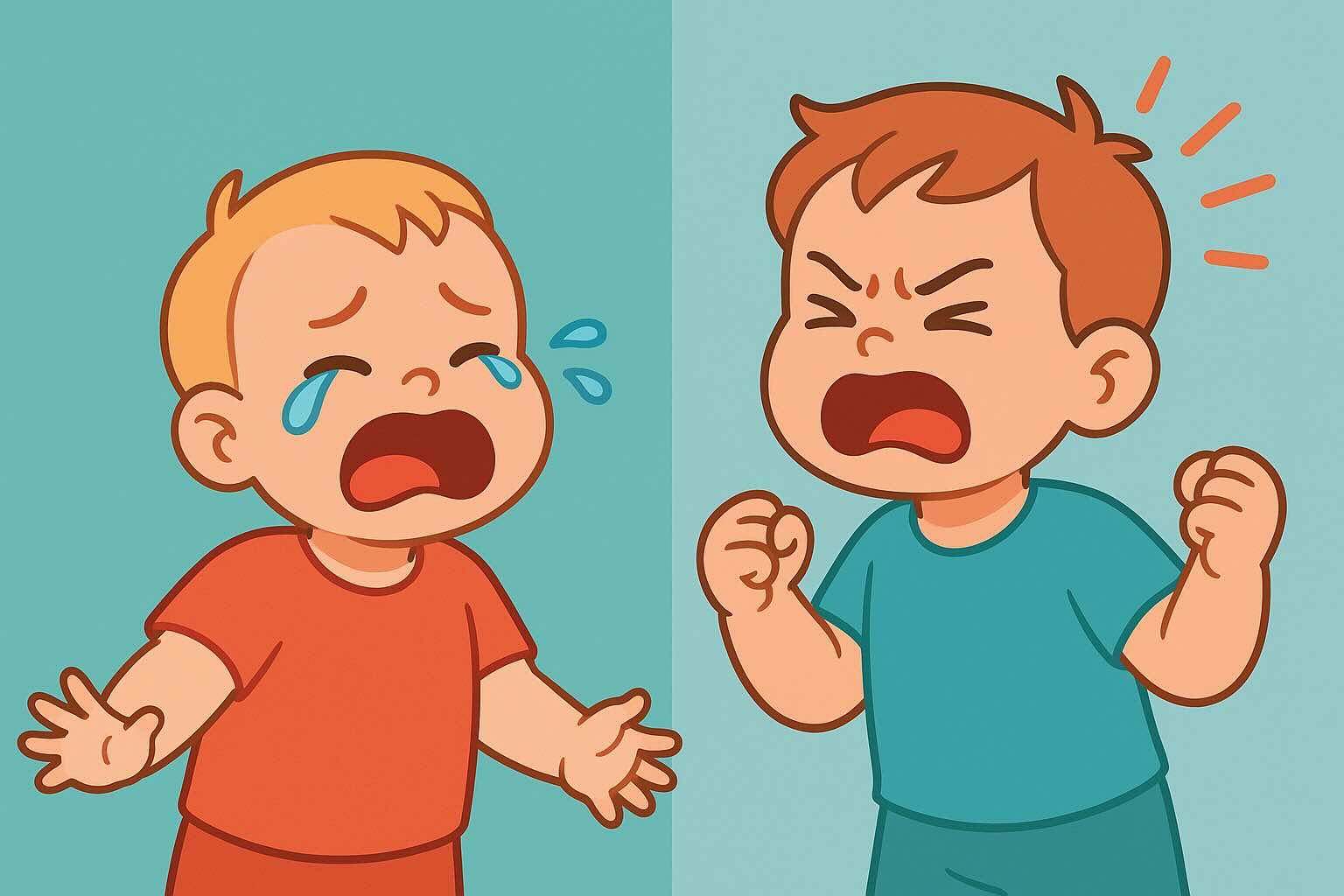
If you're reading this while your 4-year-old screams in the background because you gave them the wrong colored cup, take a deep breath. You're not alone, you're not failing, and your child isn't broken. Welcome to the complex world of 4-year-old emotional outbursts—where your child's expanding emotional capacity collides with their still-developing regulation skills.
At age 4, your child stands at a fascinating developmental crossroads. They're no longer the toddler who had tantrums purely because their brain couldn't handle big feelings. But they're also not yet the school-aged child who can consistently manage emotional intensity. Understanding this unique developmental moment transforms how you respond to their outbursts and, ultimately, how quickly they develop emotional regulation skills.
Understanding 4-Year-Old Tantrums: Watch This First
This video will give you key insights into your 4-year-old's emotional development and practical strategies for handling tantrums. The visual examples will help you understand the concepts we'll dive deeper into in this article.
Understanding the 4-Year-Old Brain: Why Tantrums Look Different Now
Your 4-year-old's brain tells a story of rapid development and beautiful contradictions. The emotional center of their brain—the amygdala—is fully operational and increasingly sophisticated. They can feel disappointment, frustration, anger, and injustice with remarkable intensity. Meanwhile, their prefrontal cortex, the brain's "CEO" responsible for emotional regulation, impulse control, and rational thinking, won't fully mature until their mid-twenties.
This neurological reality creates what feels like Jekyll and Hyde behavior. One moment, your 4-year-old can engage in complex reasoning about why sharing is important. The next moment, they're on the floor screaming because their sibling looked at their toy. Both behaviors are completely normal and expected for this age.
The Expanding Emotional Container
Think of your child's emotional capacity as a container that's rapidly expanding. At 18 months, this container was tiny—any significant emotion would immediately overflow into a tantrum. Your 4-year-old's container is much larger and stronger, but it's still relatively small compared to adult capacity. When emotions exceed this container's limits, overflow still happens—but now your child has more tools available to manage the overflow.
This expanding capacity means your 4-year-old can handle more emotional complexity than a toddler, but they're also experiencing more complex emotions. They remember yesterday's disappointments, anticipate future events with excitement or worry, and feel social emotions like embarrassment or jealousy. Their emotional world is richer and more complicated, which can actually make outbursts feel more intense.
Language Development and Emotional Expression
Your 4-year-old's rapidly developing language skills create both opportunities and challenges around emotional expression. They can now articulate complex thoughts and feelings, which is wonderful for communication and connection. However, during emotional overwhelm, these sophisticated language skills become temporarily unavailable as their thinking brain goes offline.
This disconnect can be particularly frustrating for both you and your child. You know they can usually express themselves clearly, so when they resort to screaming or physical expression during an outburst, it might feel like they're choosing not to use their words. In reality, emotional overwhelm temporarily disconnects them from their verbal abilities, just as it would for an adult under extreme stress.
The Three Types of 4-Year-Old Outbursts
Not all 4-year-old outbursts are created equal. Understanding the different types helps you respond more effectively and with greater confidence.
Type 1: The Overwhelmed Expresser
These children become emotionally flooded and express it through crying, screaming, or collapsing dramatically. They're genuinely overwhelmed by their emotions and need your calm presence to help them regulate. During these outbursts, your child isn't trying to manipulate or control—they're communicating that their emotional container has reached capacity.
Your response should focus on validation and co-regulation. "I can see you're having really big feelings right now. You're safe, and I'm here with you while you work through this." Your calm presence becomes their external regulation system until their internal regulation comes back online.
Type 2: The Physical Processor
Some 4-year-olds express emotional overwhelm primarily through their bodies—hitting, kicking, throwing objects, or even running away. These children often have a strong physical connection to their emotions and express feelings through movement and touch rather than words.
With physical processors, safety becomes your first priority while maintaining emotional connection. This might mean gently restraining hands that are hitting or calmly removing objects that might be thrown. While providing physical containment, you're also offering emotional validation: "You can feel as angry as you want. You cannot hit people when you're angry."
Type 3: The Persistent Negotiator
These children cycle through different emotional states during outbursts, alternating between crying, bargaining, demanding, and attempting to negotiate their way out of the situation that triggered their feelings. They might seem to calm down only to escalate again when they realize the boundary still stands.
Persistent negotiators need particularly clear and consistent boundaries. They're testing whether your emotional state will change their reality. Your response needs to acknowledge their feelings while firmly maintaining the boundary: "I hear that you really want to keep playing. You can feel disappointed about stopping, and we're still cleaning up now."
Validation Without Accommodation: The Core Skill
The most crucial skill in managing 4-year-old outbursts is learning to validate emotions while maintaining necessary boundaries. This isn't about giving in to unreasonable demands or avoiding all triggers. Instead, it's about helping your child understand that feelings are always acceptable while certain behaviors and outcomes may not be.
The AND Technique
Replace "but" with "and" in your responses to maintain both validation and boundaries. Instead of "I know you're disappointed, but we have to leave," try "I know you're disappointed, AND we still need to leave the playground." This small word change maintains connection while upholding the boundary.
Validating the Intensity
Your 4-year-old's emotional intensity is real and valid, even when the trigger seems minor to you. When they melt down because their sandwich was cut into triangles instead of squares, they're not being dramatic—they're experiencing genuine distress about violated expectations. Validating this intensity doesn't mean changing the sandwich; it means acknowledging their experience: "You really wanted squares. That's different from what you expected, and that feels frustrating."
Practical Scripts for Common 4-Year-Old Outburst Scenarios
When They Don't Want to Stop Playing
"I can see you're having so much fun building with blocks. It's hard to stop when you're enjoying something. And it's time for dinner. You can feel disappointed about stopping, and you can choose to clean up by yourself or clean up with my help."
When They're Told No to Something They Want
"You really want that toy/candy/activity. I can see how much you want it. The answer is still no. You can feel disappointed, and the answer stays no. Tell me more about why you want it so much."
When Plans Change Unexpectedly
"You were really looking forward to going to the park. Now it's raining and we can't go. That's disappointing when something you were excited about changes. It's okay to feel upset about that. Let's think about what we can do instead."
When They Feel Unheard or Misunderstood
"I can see you're getting frustrated. It seems like you don't think I understand what you're trying to tell me. Help me understand better. Use your words to explain what's happening for you."
Teaching Coping Skills During Outbursts
Unlike toddlers, 4-year-olds can begin learning and practicing coping strategies even during emotional overwhelm. The key is offering simple, concrete tools that don't require complex thinking.
Breathing Techniques for 4-Year-Olds
"Smell the flower, blow out the candle" breathing gives your child something specific to do with their body during emotional intensity. Demonstrate by taking a deep breath in through your nose (smelling the flower) and slowly exhaling through your mouth (blowing out the candle). This technique is simple enough to remember during overwhelm but effective enough to activate their parasympathetic nervous system.
Body Awareness and Grounding
Help your 4-year-old notice their body during emotional intensity: "Let's notice what your body is doing right now. I see your fists are tight and your face looks angry. That's what anger feels like in your body." This awareness helps them begin to recognize emotional signals before they become overwhelming.
The Power of Choice During Overwhelm
Even during outbursts, offering appropriate choices helps your 4-year-old maintain some sense of agency: "You can have your big feelings here in the living room, or you can go to your room to have them. You choose." This isn't about controlling their emotions but about giving them some control over their environment while they work through big feelings.
When 4-Year-Old Outbursts Become Concerning
While outbursts are normal and expected at age 4, certain patterns warrant attention from your pediatrician or a child development specialist.
Frequency Concerns
If your 4-year-old is having multiple outbursts daily for more than a few weeks, or if outbursts are significantly interfering with family functioning, it's worth seeking professional guidance. Some children have more sensitive nervous systems and may need additional support developing regulation skills.
Duration and Intensity
Outbursts that consistently last longer than 30 minutes or include self-harm, property destruction, or extreme aggression toward others may indicate that your child needs additional support. This doesn't mean you're doing something wrong—some children simply need more intensive guidance developing emotional regulation.
Context Considerations
Pay attention to whether outbursts happen primarily with you or across multiple settings. Children often save their biggest emotions for their primary caregiver because they feel safest expressing vulnerability with you. However, if teachers or other caregivers are also reporting frequent intense outbursts, additional evaluation might be helpful.
The Long-Term Perspective: Building Emotional Intelligence
Every outburst your 4-year-old experiences is essentially a practice session in emotional regulation. By responding with validation while maintaining boundaries, you're helping them build the neural pathways that will eventually allow them to self-regulate more consistently.
Progress Isn't Linear
Expect waves of improvement followed by temporary setbacks, especially during developmental leaps, illness, or family stress. Your 4-year-old might have several great weeks followed by a particularly challenging period. This doesn't mean your strategies aren't working—it means your child is growing and integrating new skills.
Building Emotional Vocabulary
Use outbursts as opportunities to expand your child's emotional vocabulary. Instead of settling for "mad" or "sad," introduce words like frustrated, disappointed, overwhelmed, or excited. The more precisely they can identify their emotions, the more effectively they can communicate and regulate them.
The Ripple Effect on Family Dynamics
How you handle your 4-year-old's outbursts affects not just their emotional development but your entire family's emotional culture. Siblings watch how you respond to big emotions and internalize those lessons for their own emotional expression. Partners observe your patience and consistency, which can strengthen or strain your parenting partnership.
Related Resources for 4-Year-Old Challenges
For additional support with your 4-year-old's development, explore these related guides:
- How to Handle Preschool Emotional Outbursts: Complete Parent Guide for Ages 3-7 - Comprehensive strategies for preschooler emotional challenges
- Toddler Tantrums Complete Guide - Understanding the developmental differences from earlier stages
- Tantrum Prevention Strategies - Proactive approaches to reduce outburst frequency
- Setting Boundaries Without Punishment - Maintaining limits while building cooperation
- Building Cooperation Without Rewards - Fostering intrinsic motivation in preschoolers
- Connection Before Correction Guide - Building relationship foundation before addressing behavior
- Managing Power Struggles - Strategies for the increased independence of 4-year-olds
- Natural Consequences Guide - Age-appropriate learning from choices
Moving Forward with Confidence
Your 4-year-old's outbursts aren't a reflection of your parenting—they're a normal part of their emotional development. By understanding their developmental stage, responding with both validation and boundaries, and teaching coping skills during calm moments, you're giving them the foundation they need for lifelong emotional regulation.
Remember that emotional development takes time. Your consistent, patient responses during your child's most challenging moments are building their capacity for emotional intelligence, empathy, and resilience. These skills will serve them not just in childhood but throughout their entire lives.
The goal isn't to eliminate outbursts entirely—occasional emotional overwhelm is normal throughout childhood and even adulthood. Instead, you're helping your 4-year-old develop the skills to move through intense emotions more quickly, communicate their needs more effectively, and recover from emotional challenges with greater resilience.
Trust the process, trust your child's capacity to learn and grow, and trust your own ability to guide them through this important developmental stage. Every calm response you offer during their storm is an investment in their emotional future.
Challenging Moments Support
Access step-by-step parenting strategies, quick tips, and age-specific guidance for difficult situations when you need it most.
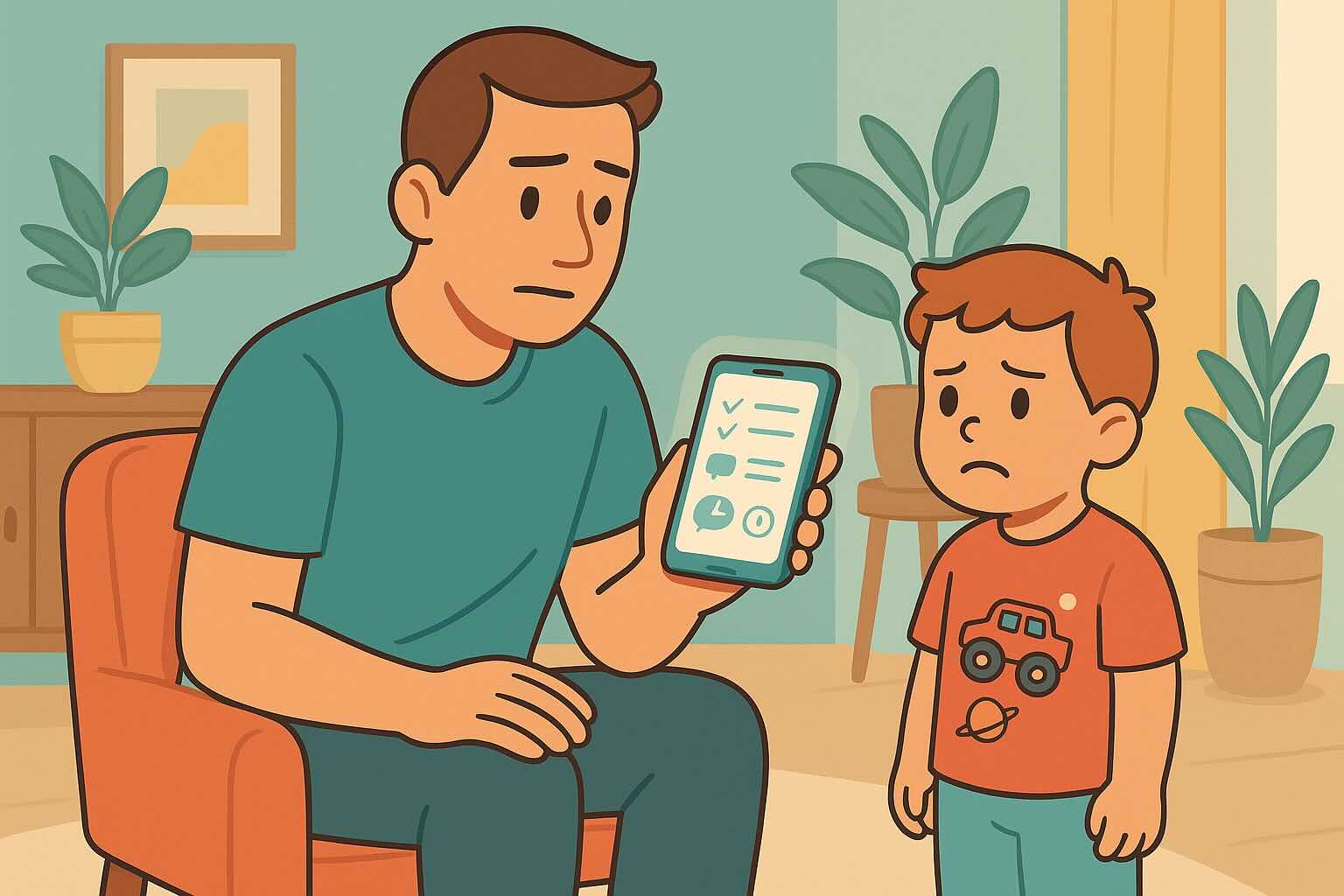
24/7 AI Parenting Assistant
Get instant, personalized advice with expert-curated parenting knowledge. Chat with your AI coach anytime, anywhere.

Struggling with tantrums?
Get personalized coaching support available 24/7. Your parenting coach understands what you're going through.
Try RootWise Free →Free Tantrum Scripts
Help your toddler manage big emotions with these strategies and scripts.
Frequently Asked Questions
Need personalized support?
RootWise's AI coach can provide tailored strategies for your specific situation, available 24/7 when you need it most.
Learn More About AI Coaching →